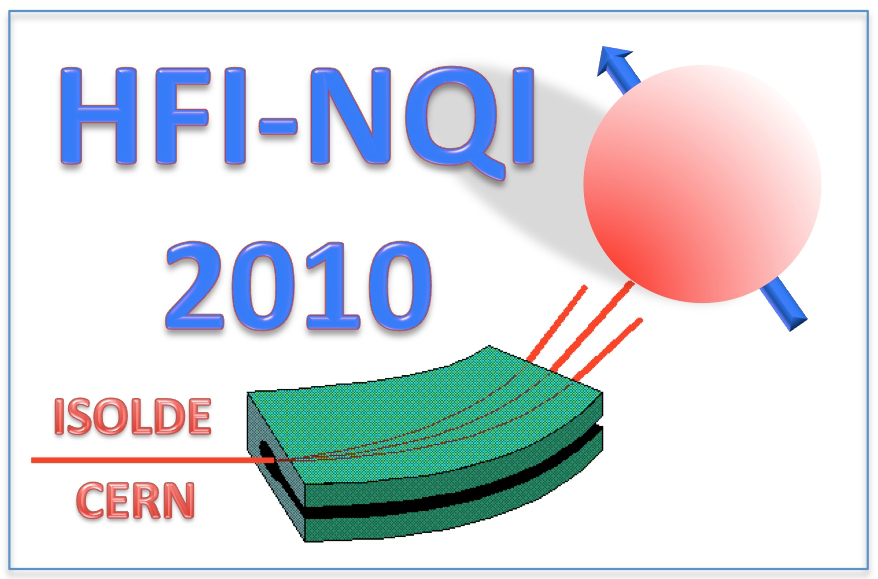Speaker
Description
Summary
It has been recently published [1] that some commercial zircons exhibit, at nanoscopic scale, hyperfine interactions without associated x-ray diffraction signals which have been assigned to aperiodic regions within the crystalline lattice.
It is known that zircon is a material often used in the ceramic industry due to its good refractory properties. Within this research field, zircon-mullite ZrSiO4-(3Al2O3.2SiO2) composites of different compositions have been studied from the mechanical point of view [2].
In this work the Perturbed Angular Correlations technique has been applied to investigate the nanoconfigurations content in (ZrSiO4) (1-x)-(3Al2O3.2SiO2)x composites being x=15, 25, 35 and 45% wt. Preliminary results indicate an important discrepancy between Rietveld analyses and PAC relative fractions determined in the studied composites (see figure 1).
The aim is to enlighten ceramic designers about the existence of nondiffractant portions in the material that could play some relevant role in the refractory performance.
Figure 1: Relative fractions determined by XRD (full symbols) and PAC (open symbols) for the different composites. Squares represent Zircon and circles stand for ZrO2.
References
[1] Rendtorff, N. M., Conconi, M. S., Aglietti, E. F., Chain, C. Y., Pasquevich, A. F., Rivas, P. C., Martínez, J. A., Caracoche, M. C.: Phase quantification of mullite-zirconia and zircon commercial powders using PAC and XRD techniques. To be published in Hyperfine Interactions, DOI: 10.1007/s10751-010-0177-4, (2010)
[2] Rendtorff, N. M., Conconi, M. S., Aglietti, E. F.: Mechanical and fracture properties of zircon–mullite composites obtained by direct sintering. Ceramics International 35, 2907–2913 (2009)
| Are you a student, a delegate from developing countries or a participant with physical needs and would like to apply for a sponsored accomodation. Please answer with yes or no. | Yes |
|---|---|
| Please specify whether you would prefer an oral or poster contribution. | poster contribution |
